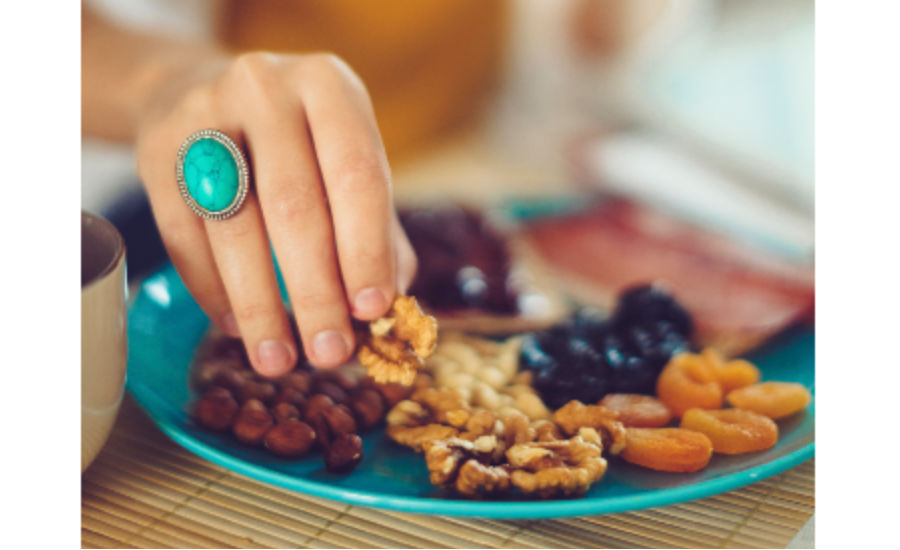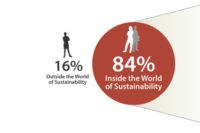How do Canadian consumers snack?
FMCG Gurus offers insights into Canadian consumers’ snacking habits.

The modern consumer lives a busy lifestyle, cramming in multiple activities into a day. This has led to more consumers choosing to snack since they do not have enough time for traditional meals.
This change has led consumers to seek more convenient products that can offer them a nutritional benefit, not just an indulgent treat. So what are Canadian consumers snacking on in 2020?
FMCG Gurus consumer insights show that consumers are snacking throughout the day. However, half of consumers in Canada say they snack as a lunch replacement (50 percent). Consumers are finding less time in the day for traditional meals and are relying on healthier snacking to fulfil their needs.
When asked why consumers choose to snack, 83 percent said to satisfy hunger. However, one of the other key reasons is receiving a health benefit (56 percent).
FMCG Gurus research shows that 50 percent of consumers snack to increase their protein intake throughout the day. This is illustrated by 45 percent saying they typically snack on protein bars and 42 percent saying they would be willing to pay a premium for high protein claims on snacks.
The need for healthier snacking options can be seen as 43 percent of consumers say they would be willing to pay for products that offer generic health claims and 56 percent would be willing to pay a premium for zero-sugar products. FMCG Gurus consumer insights show that consumers are snacking on yogurt the most, as 83 percent say they typically snack on this product. Other snacks include:
- Fruit (82 percent)
- Bakery Products (63 percent)
- Cheese (55 percent)
Although consumers say they are snacking for health benefits, 39 percent say they snack for an indulgent treat. This is highlighted as 62 percent say they typically snack on traditional products such as chocolate.
On-the-go snacking also is becoming more appealing to consumers. When it comes to snacking out of the home, consumers tend to notice price first (59 percent). However, portion size (56 percent) and whether the product can be consumer conveniently (50 percent) are also high factors consumers take into account when choosing a product.
Brands and manufacturers must be able to target this evolving consumer. By providing conveniently nutritious products that offer high protein and low sugar claims, brands can position them as premium. Though consumers are looking for healthier alternatives when it comes to snacking, they still want indulgent treats with which they can reward themselves.
Looking for a reprint of this article?
From high-res PDFs to custom plaques, order your copy today!





